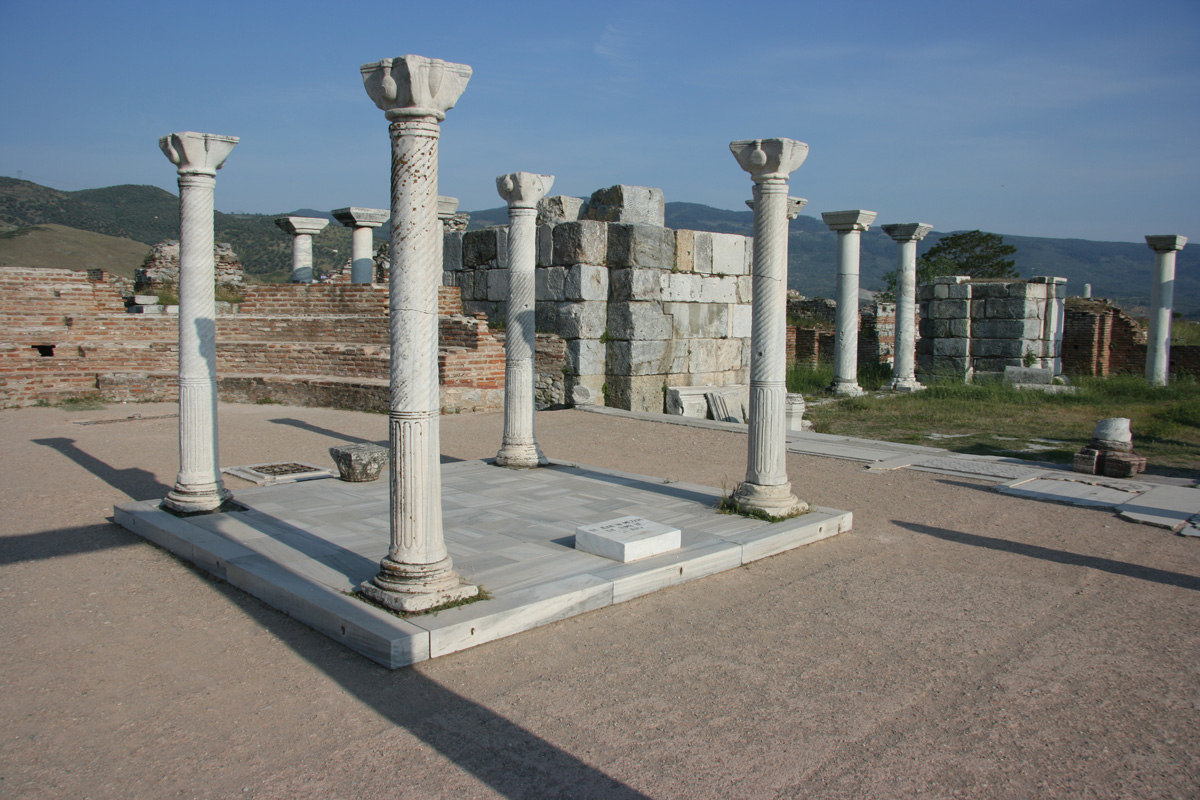1 John
True Christian Belief and Behavior
Central Teaching
The three marks of a true Christian are obedience to God, love for fellow believers, and a correct view of Jesus.
Memory Verse
Setting
Although the author never identifies himself, the traditional view is that John the apostle, the author of the Fourth Gospel, also wrote 1–3 John. Early church tradition indicates that John moved to Ephesus in the latter part of the first century to serve the churches in that region.
John is writing to Christians in and around Ephesus near the end of the first century (AD 70–90s). These churches were threatened by a false teaching that advocated knowledge rather than grace as the way to God and suggested that the human body was evil (an early form of gnosticism). Their emphasis on special gnōsis (Greek for knowledge) available only to insiders led to arrogance. Furthermore, their ideas about the body led some to treat their bodies harshly (asceticism) and others to indulge their bodily desires (immorality). For this reason, some denied Jesus’s full humanity and deity. To complicate matters, those falling for this false teaching pulled away from the fellowship (1 John 2:19), claiming they had arrived at a state of sinless perfection (1 John 1:8, 10; 3:9–10).

John spent many years ministering in Ephesus. This tomb, within the remains of the Basilica of Saint John in Ephesus, is thought to be his burial site.
Message
At a time when the traditional teaching about Jesus Christ and the Christian faith were being challenged, John offered a theological plumb line for his struggling churches. He writes to encourage the faithful by reminding them of what true Christians believe and how they should behave. The letter contains two purpose statements: to warn believers about the false teaching (2:26) and to help believers understand that they have eternal life (5:13).
John repeatedly emphasizes the marks of a true believer and how these counter the false teaching. True believers will walk in obedience rather than immorality (1:5–2:6; 2:28–3:10; 5:16–21). True believers will love one another rather than behave arrogantly (2:7–17; 3:11–24; 4:7–21). And true believers will possess an orthodox view of the full humanity and deity of Jesus Christ rather than promote a faulty view (2:18–27; 4:1–6; 5:1–15).
Outline
Interesting Features
- Of Jesus’s twelve apostles, John probably lived the longest (until AD 98, according to the early church leader Irenaeus).
- There are many parallels between the Gospel of John and 1 John (e.g., eternal life, light, belief, Jesus as God’s Son, the Holy Spirit, truth, abiding, new commandment of love).
- The term “antichrist” is only used four times in the Bible, all in the letters of John (1 John 2:18, 22; 4:3; 2 John 7).

Ephesus was a thriving commercial, religious, and judicial center and the major city of Asia Minor. Here the theater of Ephesus can be seen rising behind the remains of the agora, the commercial center of the city.
Connections
The biblical view that Jesus is fully God and fully man rejects any teaching that denies his deity or humanity. In our contemporary pluralistic context, we need to guard our Christology. John also makes it clear that obedience to God is of utmost importance for the believer. Instead of excusing our sins or redefining sin, we must earnestly confess our sins to the Lord. When we do, we find he is faithful (willing) and just (able) to forgive us and cleanse us (1 John 1:9). Finally, John highlights the importance of love. We cannot claim to love God while we hate our fellow believers. Love and truth are friends rather than enemies. In our defense of truth, we must never lose love, and in our efforts to love, we must never neglect the truth.